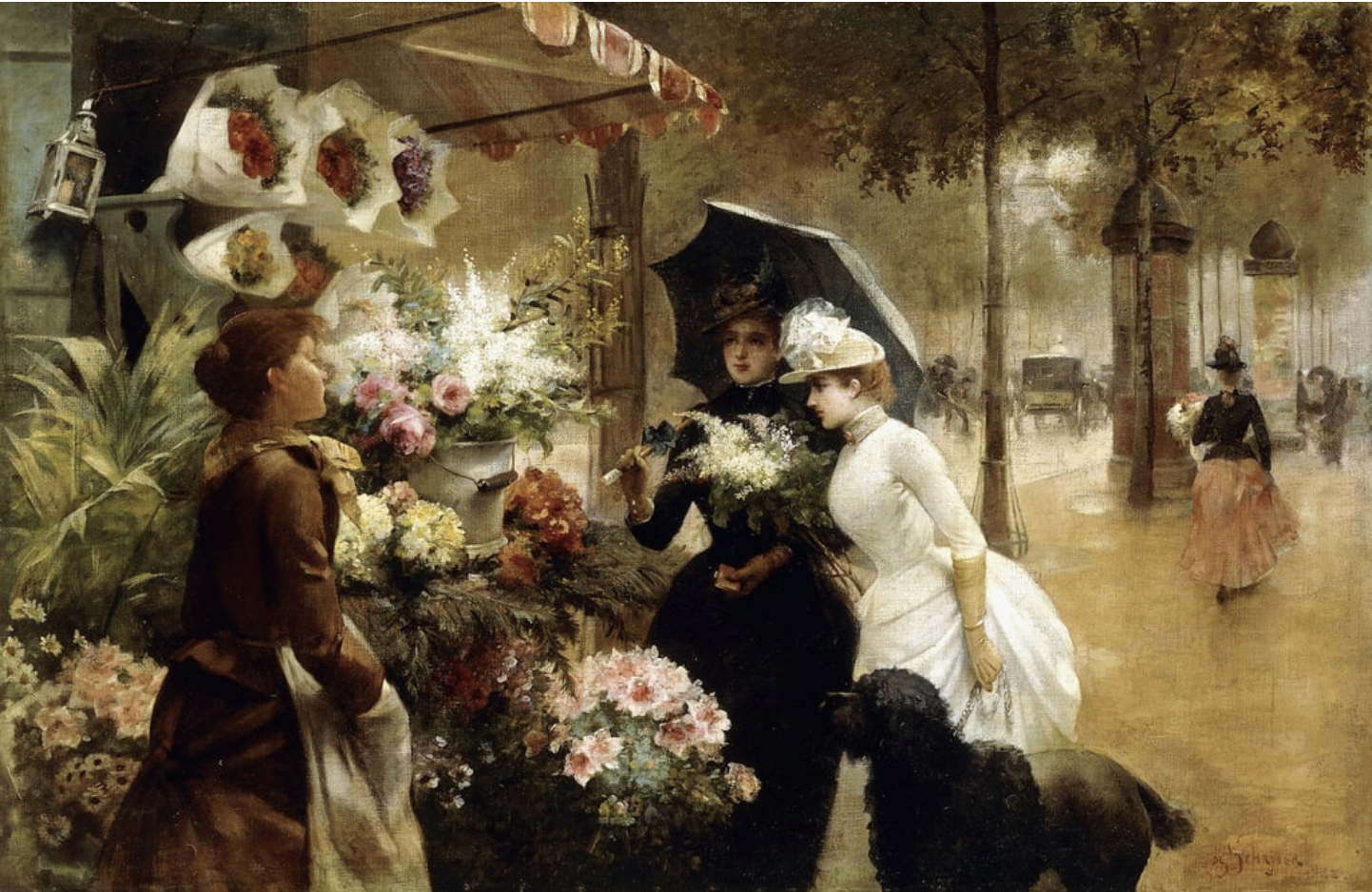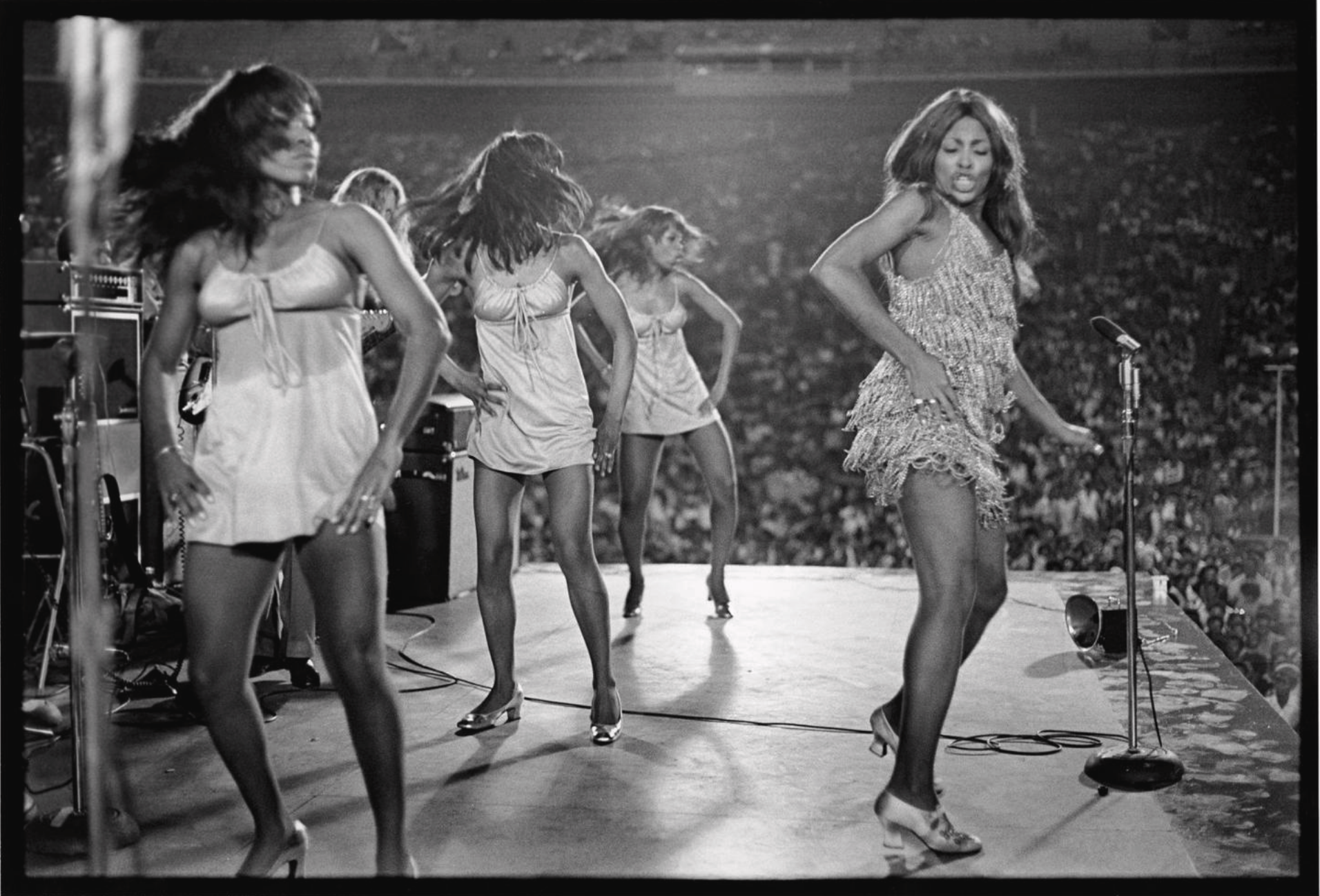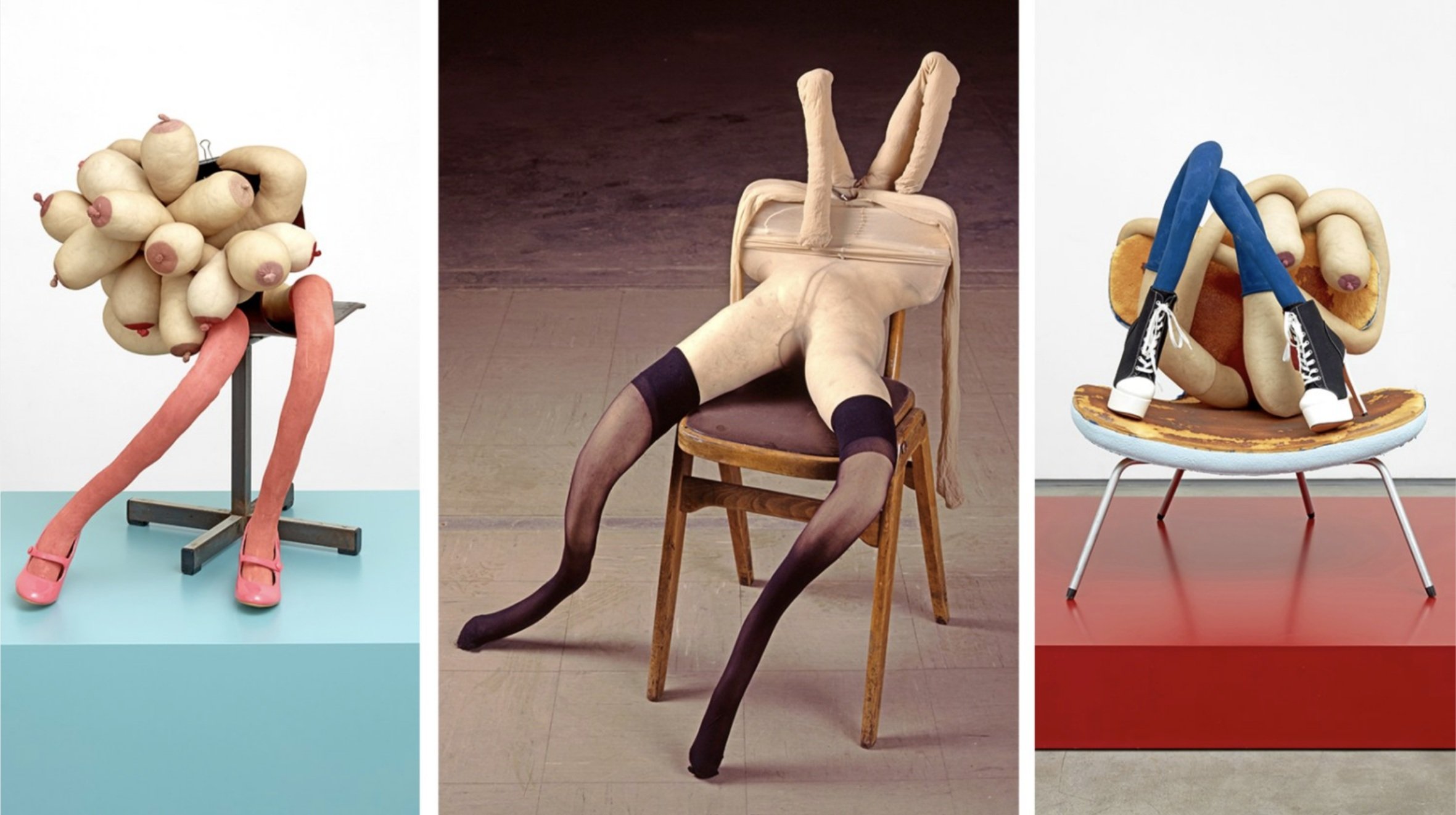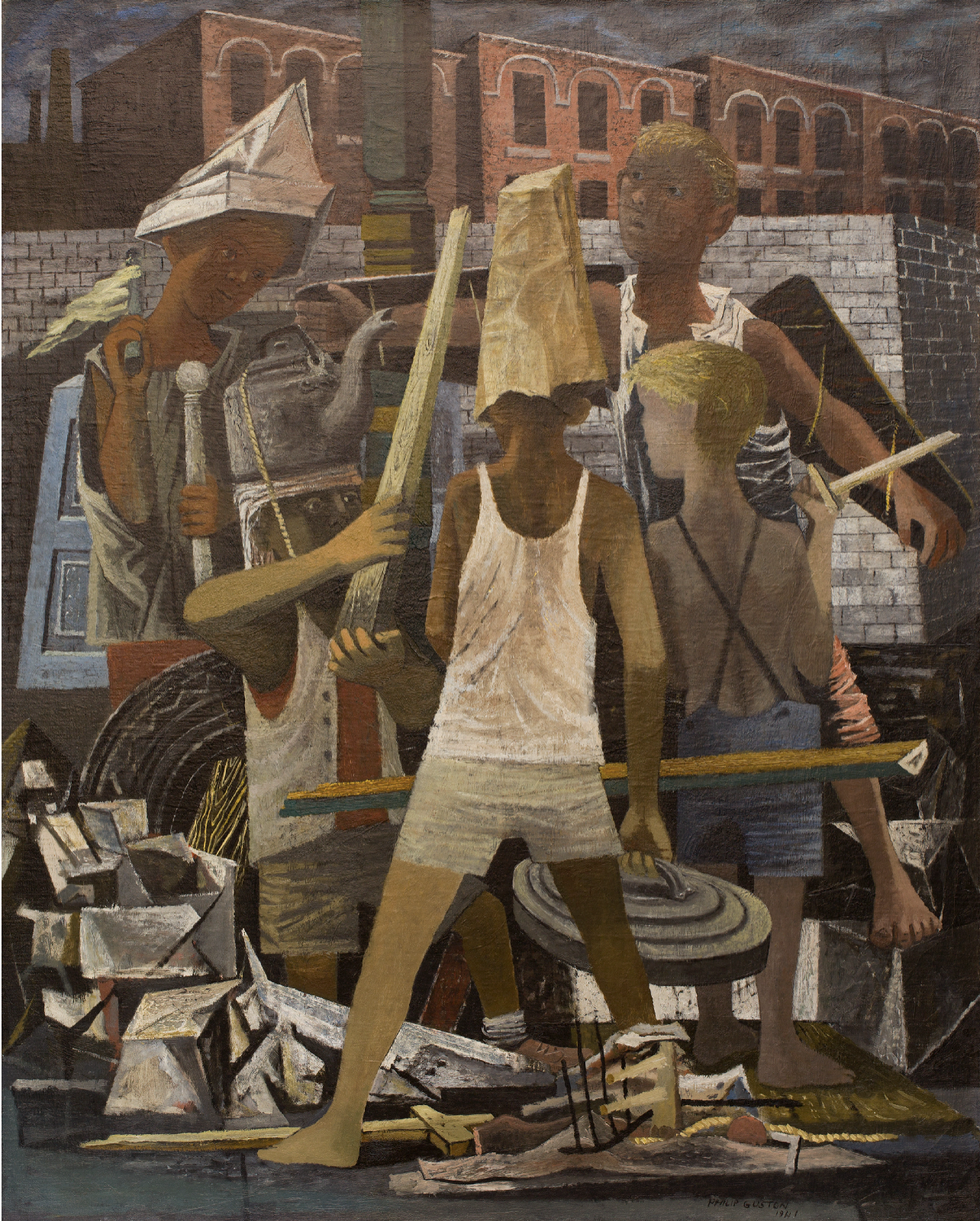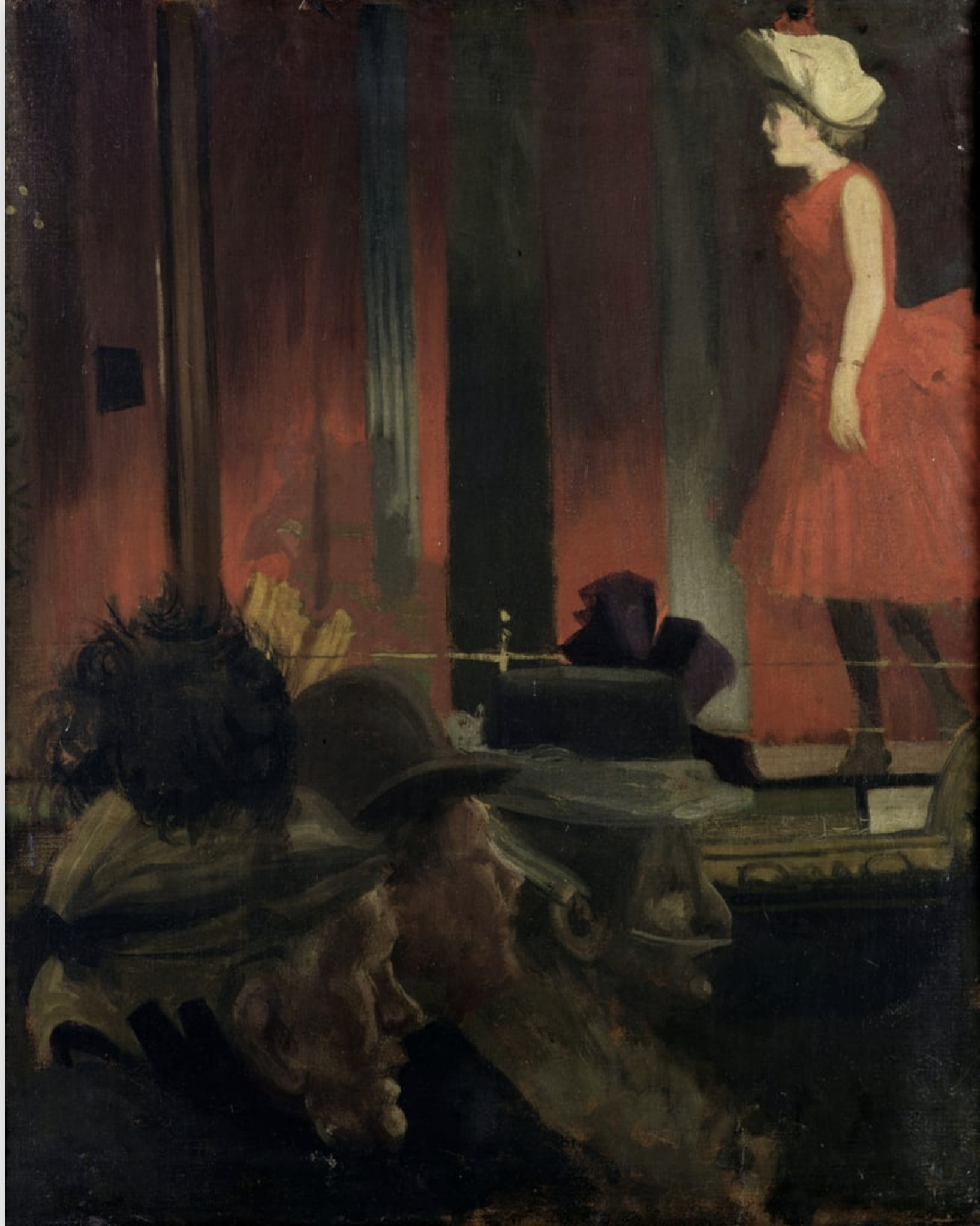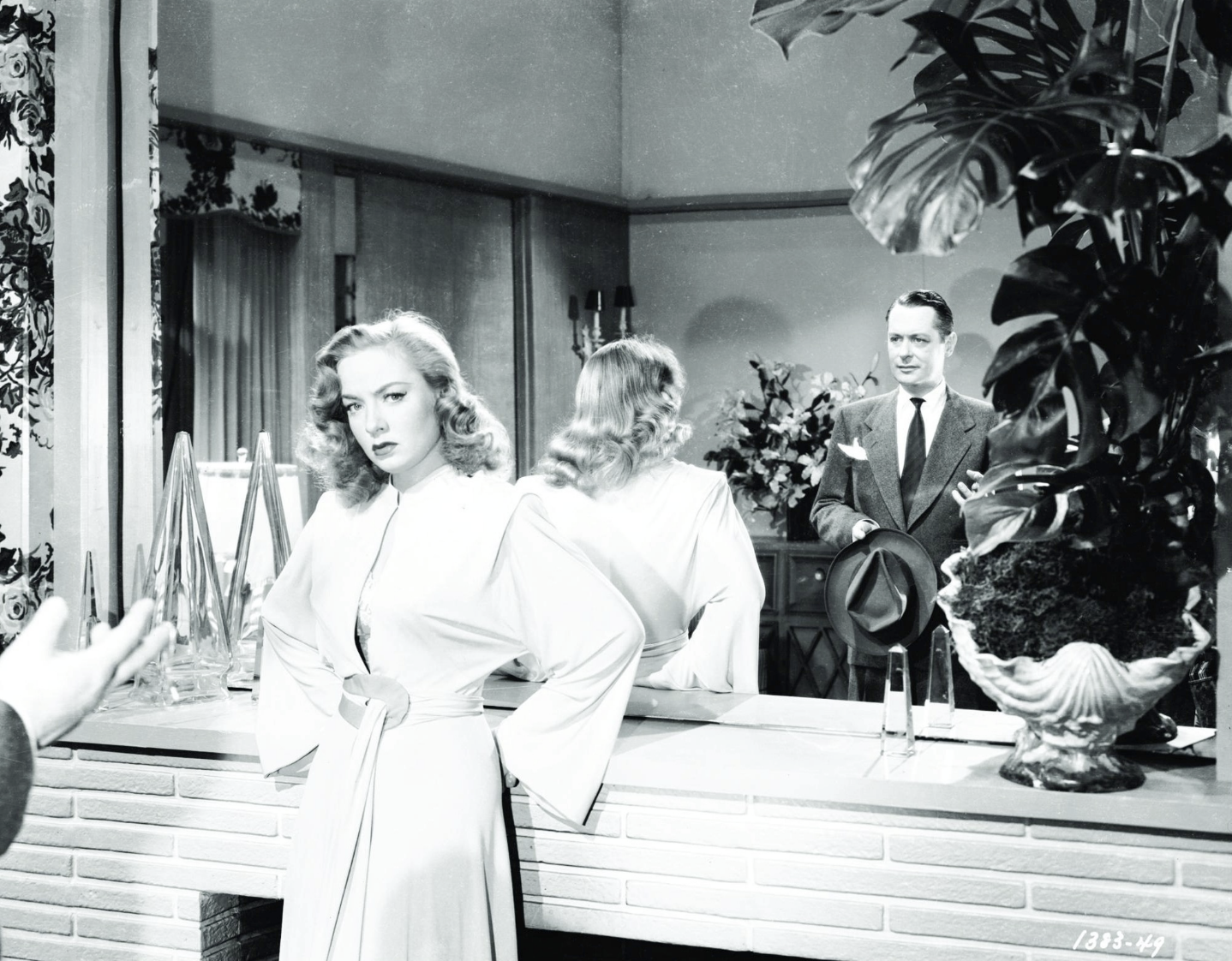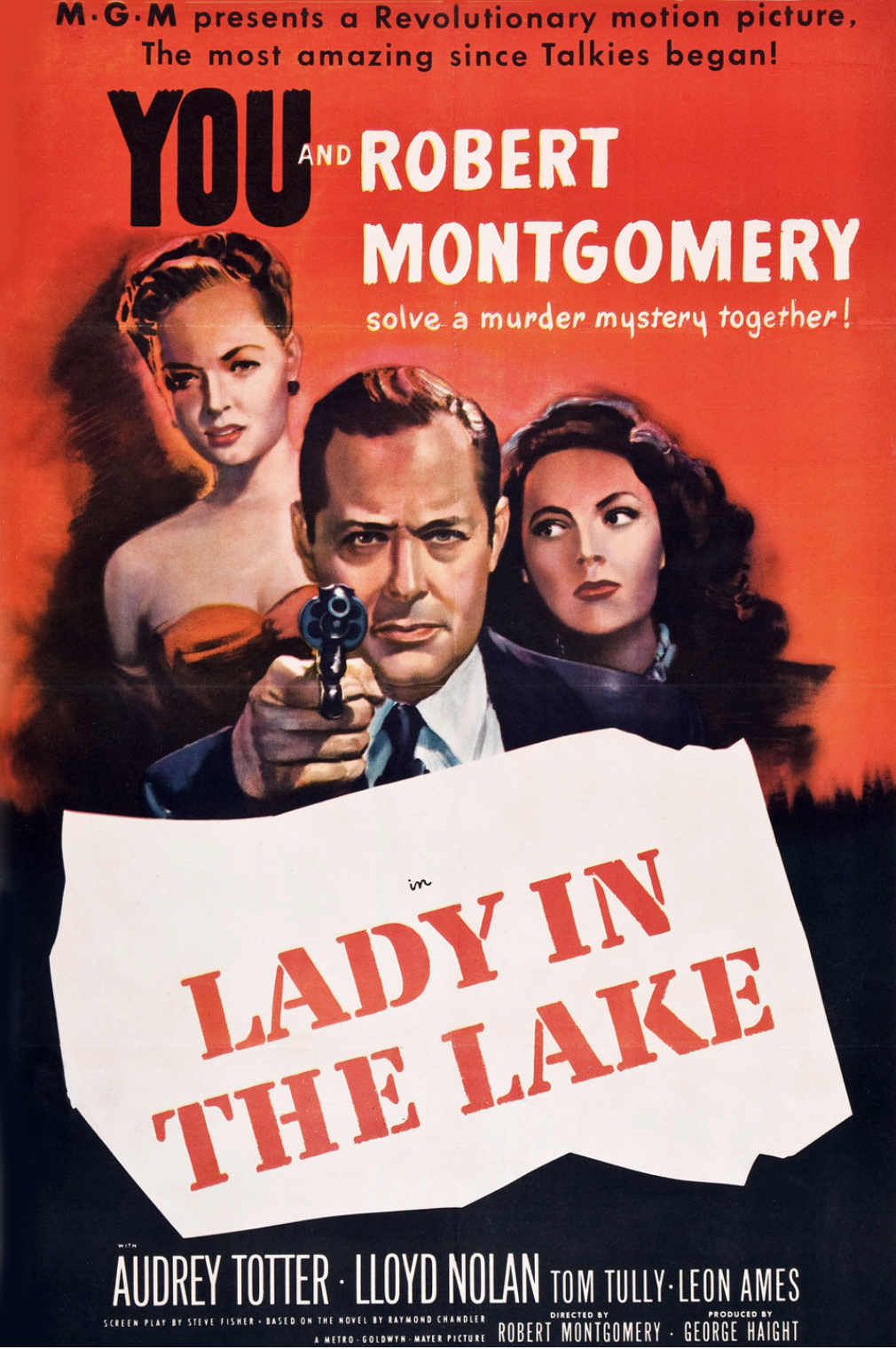The Mystery of the Missing Doormat: Don’t Underestimate the Dispiriting Effect of Petty Bureaucracy
Louis de Schryver, Summer Flowers
‘I came out of my flat the other day, Jim, and somebody had pinched the doormat off my front step. What a cheek!’
I’d just bought my morning coffee from Doriano and was chatting to Carly the Florist who has a stall nearby. She revealed the crime with a look of disappointment and dismay.
‘And then I thought: I know who did this. And so I popped upstairs to the next level of the flats.’
Carly took on the aspect of an expert detective. Her bright eyes became focused and intense.
‘But she didn’t have my doormat either. And you know what, when I looked down the corridor, none of the flats had doormats.’
‘That’s a proper mystery, Carly. So what did you do?’
‘Well, I thought about it for a little while and then I phoned the Council…. You wouldn’t believe it, Jim... It was them that took all the doormats.’
‘But, Carly, why would Islington Council remove everyone’s doormats?’
‘Heath and safety... I was livid!’
I never did get to the bottom of what precisely lay behind the Council’s curious decision. Were they worried about fire risk or trip hazards? Were they trying to facilitate cleaning?
In any case I was struck by how organisations often underestimate the dispiriting effect that petty bureaucracy can have on people’s lives.
This goes for the world of work too.
Many a time in various leadership roles I was visited by a disgruntled employee who took particular exception to the new policy on timesheets or expenses; to the change in the breakfast offering at the coffee bar; to the gaudy redesign of the office bathrooms.
One chap resigned because we’d moved his desk and he was no longer sitting next to his mate.
‘Bureaucracy is a giant mechanism operated by pygmies.’
Honore de Balzac
It’s easy to dismiss these concerns as trivial and insignificant. But small changes can make big differences to people’s outlooks. We often reason with our emotions. And behind a minor, frustrating event we perceive a bigger, more sinister plot or strategic shift.
That timesheet policy may imply oppressive corporate control. That reduction in the breakfast menu may indicate a broader financial malaise. The bathroom makeover may suggest a loss of creative identity.
'Bureaucracies are designed to perform public business. But as soon as a bureaucracy is established, it develops an autonomous spiritual life and comes to regard the public as its enemy.’
Brooks Atkinson
When you sit in management meetings and sign off on policies, you shouldn’t just apply rational, top-down logic. It’s always essential to retain a human perspective. How will this be construed on the shop floor? What could this imply about your overall strategy? How will people feel about it?
'There is something about a bureaucrat that does not like a poem.’
Gore Vidal
I must confess that the person most upset with the bathroom renovation was me. Overnight the fixtures and fittings became all neon and slick - like something from a Thames Valley gastropub. It prompted me to worry a good deal about the company’s cultural and aesthetic direction.
Time for a festive break.
Have a restful Christmas.
My next post will be on Thursday 4 January 2024.
See you on the other side, I hope.
'The snow's coming down,
I'm watching it fall.
Lots of people around,
Baby, please come home.
The church bells in town,
All ringing in song,
Full of happy sounds.
Baby, please come home.
If there was a way,
I'd hold back this tear.
But it's Christmas day.
Please, please,
Please, please,
Baby, please come home.’
Darlene Love, 'Christmas (Baby Please Come Home)’ (E Greenwich / J Barry / P Spector)
No. 449
